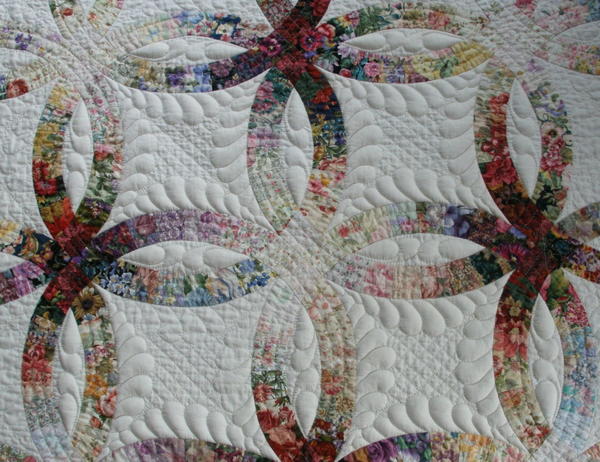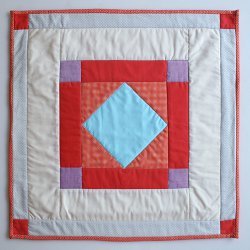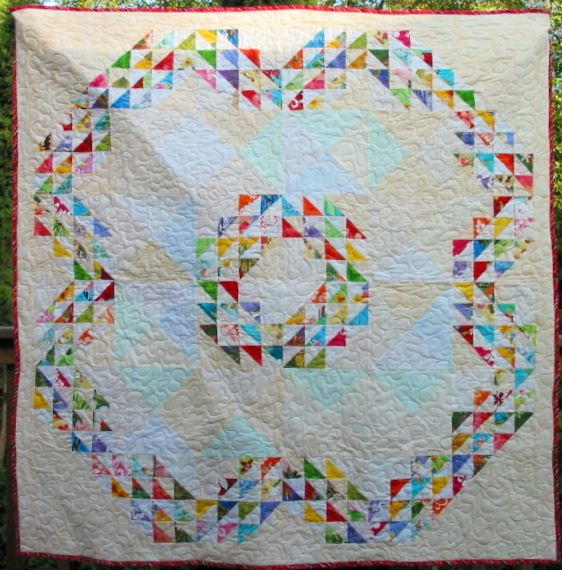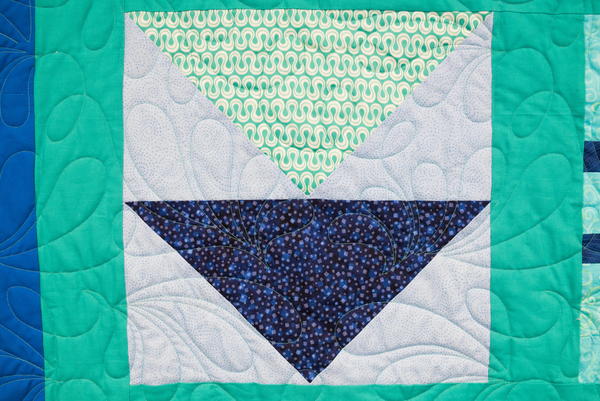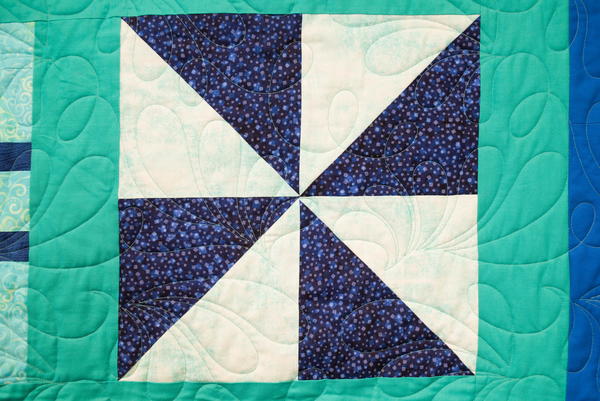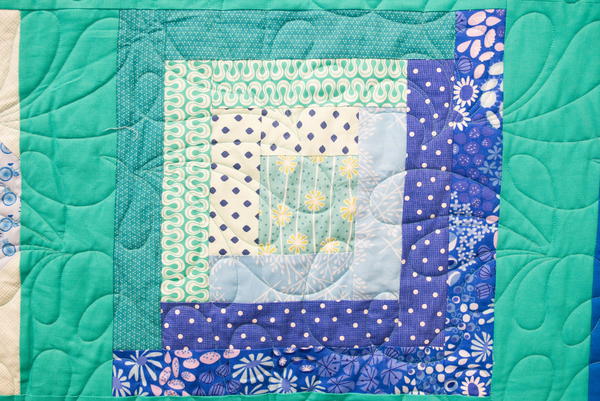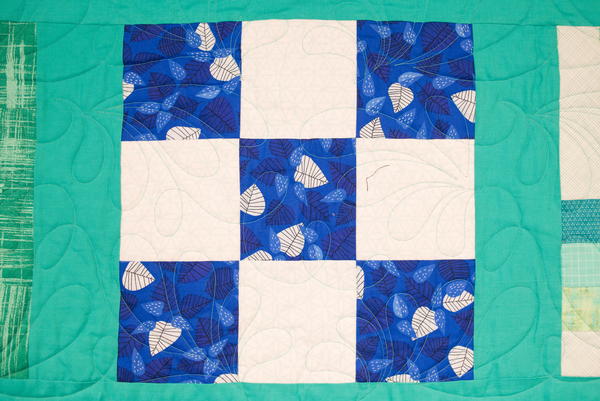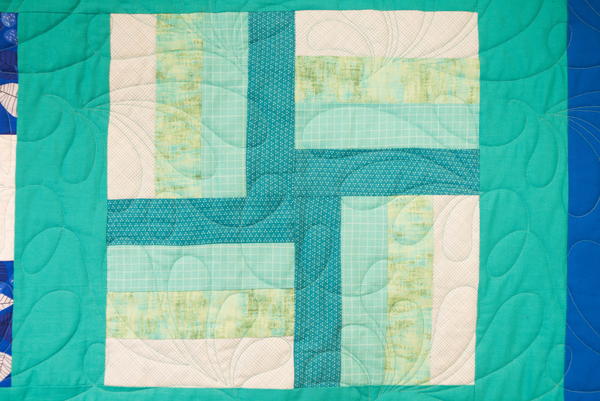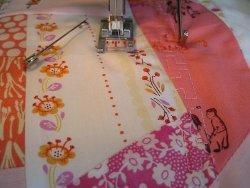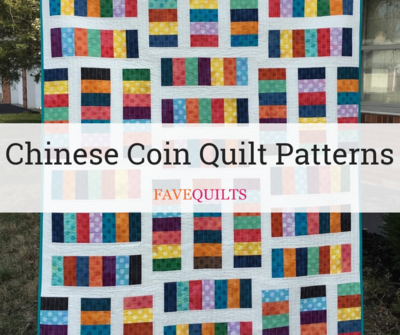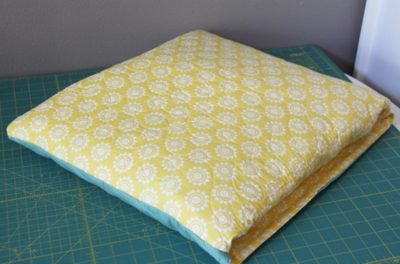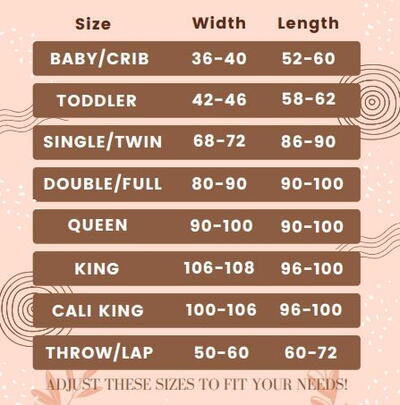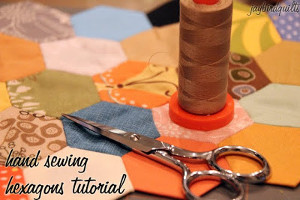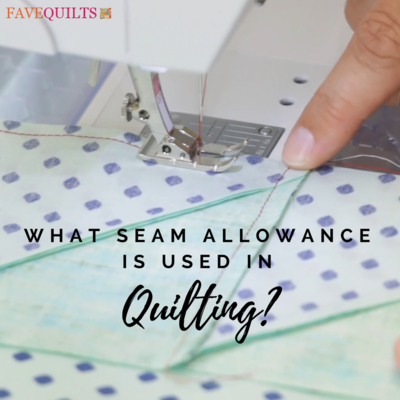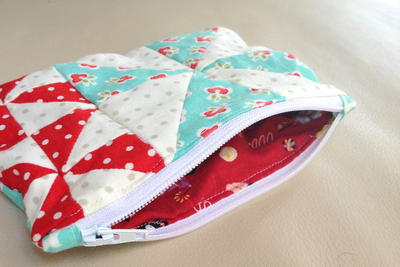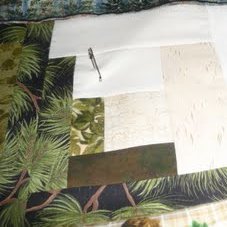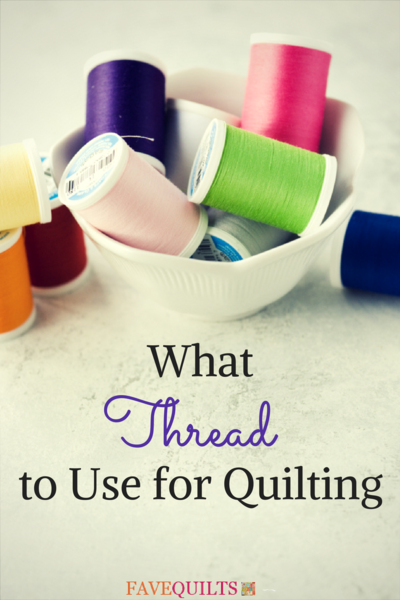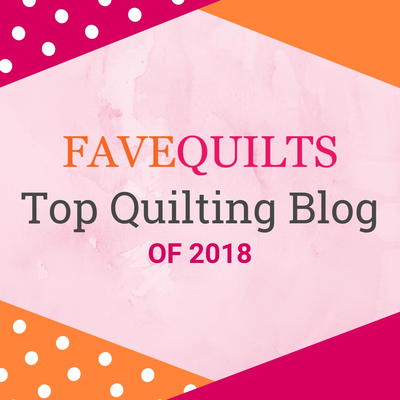7 Must-Know Quilting Techniques and Styles
From traditional to modern quilting techniques, learn everything you need to know about the different quilt styles and quilt types.
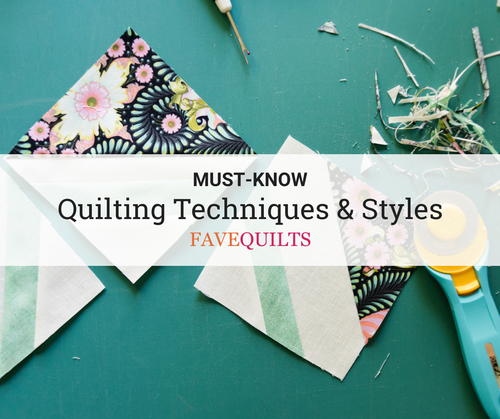
If you are new to quilting or want a refresher on what sorts of quilting are available to you, then these must-know quilting techniques and styles are just the resource you need.
When I first started quilting, I wasn't sure what the phrases I was hearing and reading about meant. This concerned quilting styles, different quilting techniques, and quilting types.
That's why I decided to create a page that explains the basics of quilting. This will help you plan your next project or understand the meaning behind the terms.
First, I'll explain the two main ways of quilting and some specifics within those two methods. Then, I'll provide an overview of techniques used, from applique to trapunto. Lastly, check out the types of quilts you can make, both traditional and modern.
Be sure to check out our Glossary of Quilting Words and Terms for even more information about quilting. This page gives you an overview of every quilting term you need to know before you start. Keep scrolling down to learn all about Quilting 101 for styles and techniques.
Get familiar with the quilting methods used by those in the industry!
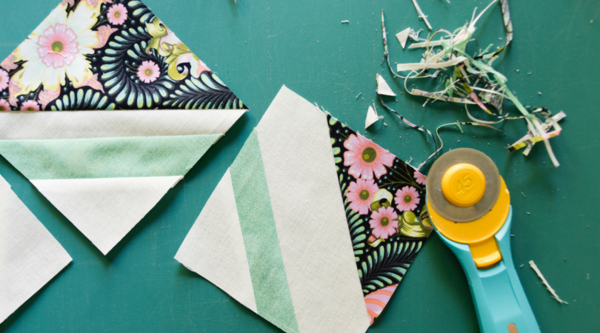
Quilting Styles
1. Hand Quilting
Hand quilting is slower and methodical. It's a classic quilting method that involves hand stitching the fabric pieces together to make the quilt top.
There are several ways to hand quilt. Traditionally, hand quilting is done with the use of a hoop so that the quilter can keep the fabric taut while stitching with a needle and thread. However, in recent times, some quilters have found working without a hoop allows for more freedom while working.
Whether you use a hoop or not is mostly dependent on what you are quilting. Some patterns and designs need the stiff hold of a hoop whereas others don't.
The type of stitching you choose when hand quilting may also depend on the pattern. However, machines do not allow you to create that hand-stitched or freeform appearance that you can achieve with quilting by hand. You can choose to use large, wide stitches, which mean less time and detail, but it does take practice to create smooth, clean lines.
A steady hand and patience is the key to hand quilting. It's less expensive since you don't need a machine or extra equipment but it is time-consuming, so it's important to consider all of the factors associated with your quilt pattern before choosing whether to hand or machine quilt.
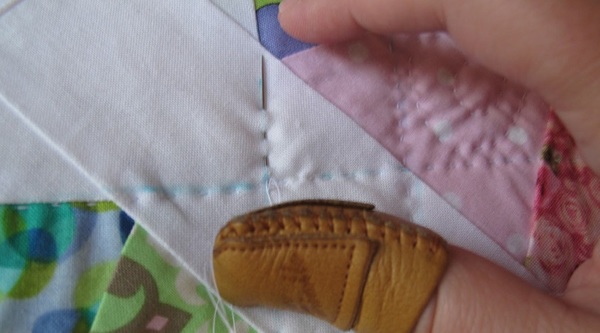
2. Machine Quilting
Using a sewing machine is a popular method for quilting. It speeds up the time it takes to quilt a piece and does so with proficiency. You can use different machine feet, stitches, techniques but each machine is different. Each brand and model of sewing and quilting machines involve other elements to add specific touches to your quilt.
3. Free-Motion Quilting
Free-motion quilting is a step outside of the structure. Free-motion quilting can be done on any machine. You will use a straight stitch. You will also need a free-motion or darning foot for this style of quilting. A strong thread is necessary for this type as well. Free-motion involves moving the fabric freely with the machine needle.
Even though you use a straight stitch, you can stipple and stitch in wavy or circular motions with or without a plan. You can even stitch words, particularly cursive writing. It's both easy and difficult. The fact that you can create your own design makes it less stressful than following a pattern but it still takes skill to perfect.
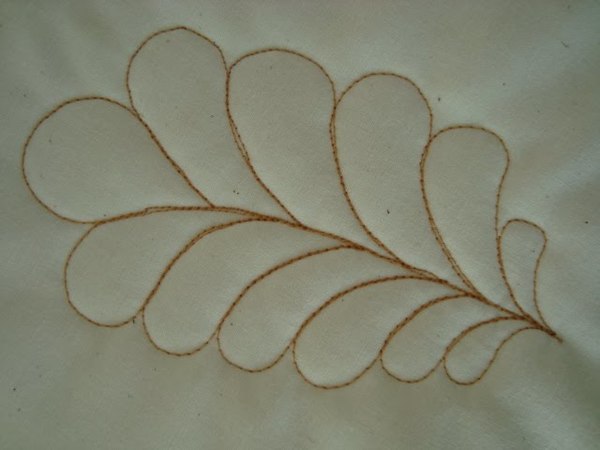
4. Longarm Quilting
As mentioned above, free-motion quilting can be done on any machine. Another machine quilting style is longarm quilting, which involves a special machine.
So, what is longarm quilting? A longarm quilting machine is a large sewing machine that features an extended quilting head that reaches from 10 to 14 feet. The head of the longarm machine can be guided by hand or computer. It also involves fabric rollers and a frame. This machine can sew all the layers of a quilt from the quilt top, batting, and backing, together to form the entire quilt. And it does so quickly!
A longarm quilting machine is not for the casual quilter. Although it saves a lot of time and energy, the machine is expensive and large.
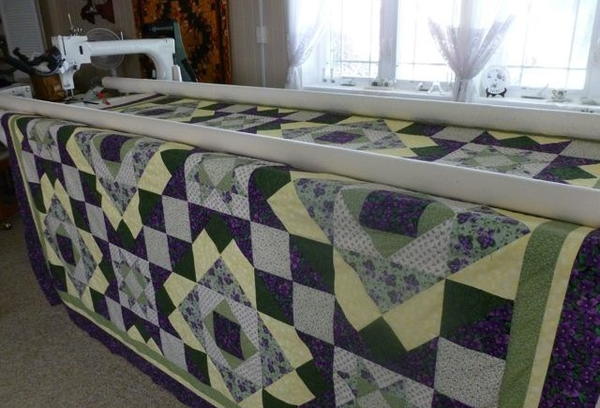
Quilting Techniques
When it comes to techniques, FaveQuilts has a lot of information already. This quilting techniques list will go over the basics but click the links mentioned to see the full pages of information and tutorials for quilting techniques that are available on our site and from the amazing quilting bloggers we work with.
1. Applique
Applique is a decoration for the quilt top. It can be flat or have dimension and there are many different ways to create applique on a quilt. There's freezer paper applique, fusible applique, reverse applique, and other methods. Take a look at our article, Quilt Applique Techniques, to learn the details of each type.
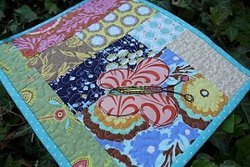
2. Block and Patchwork Quilt Techniques
These techniques involve using blocks and patches to create patterns. The blocks can be squares or half square triangles.
Blocks are sewn and then put together to make a quilt. Patchwork can be blocks, strips, or other shapes sewn together to create either the blocks or the quilt.
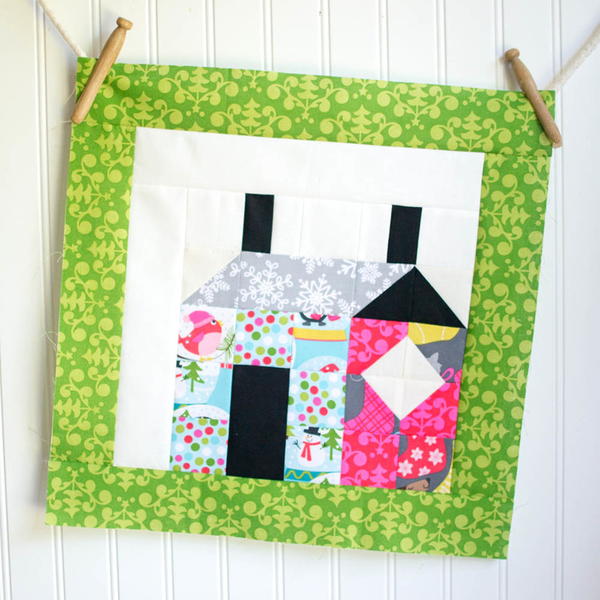
3. English Paper Piecing
Also called just paper piecing, this is a technique that allows you to stitch fabric onto paper pieces in any shape to make the quilting planning and creating process easier.
You can purchase paper shapes, such as geometric patterns or cut out your own freestyle shapes with piecing paper lets you design and quilt the individual pieces and then stitch them together. You can use this for quilts, pillows, and more.
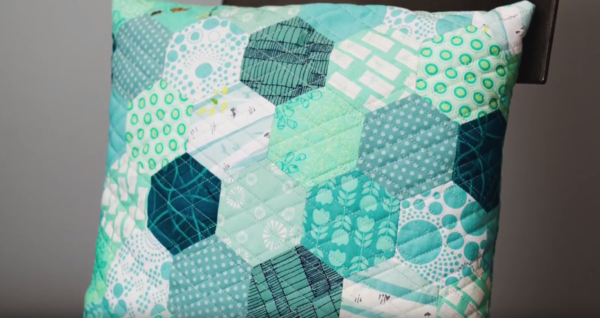
Types of Quilts
There is a laundry list of quilt types, especially when you combine both traditional and modern types of quilts.
Get ready to go over some of the more popular or unique types, but be sure to check FaveQuilts tag pages to find the type or style you may be looking for or to learn about a new type that may expand your repertoire.
3. Traditional Quilt Blocks
Log cabin, flying geese, star, bear bar, snowball, rail fence, and nine patch blocks are only a few of the traditional quilt blocks and quilt block patterns you will see when you research quilting.
Take a look at our new Quilt Block Library or our page of 24 Traditional Quilt Patterns to see in detail what traditional quilt blocks look like.
On FaveQuilts, our friend Carolina Moor has created video tutorials for some of the most popular traditional blocks:
Bear Paw Block Pattern (image 1 below)
Flying Geese Block Pattern (image 2 below)
Half Square Triangle Block Pattern (image 3 below)
Log Cabin Block Pattern (image 4 below)
Nine Patch Block Pattern (image 5 below)
Rail Fence Block Pattern (image 6 below)
Find the rest on our video page here.
Bear Paw Block:
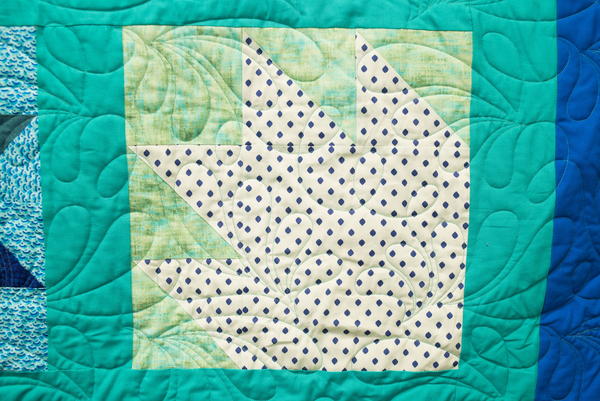
What is your favorite quilting style or technique?
Let us know in the comments below!
KLC
Sep 20, 2017
I have never used a longarm machine but it does seem interesting. I love free-motion! The freedom of doing what you want is awesome. Sketching out an idea first does help prevent mess ups, though.
Report Inappropriate Comment
Are you sure you would like to report this comment? It will be flagged for our moderators to take action.
Thank you for taking the time to improve the content on our site.

